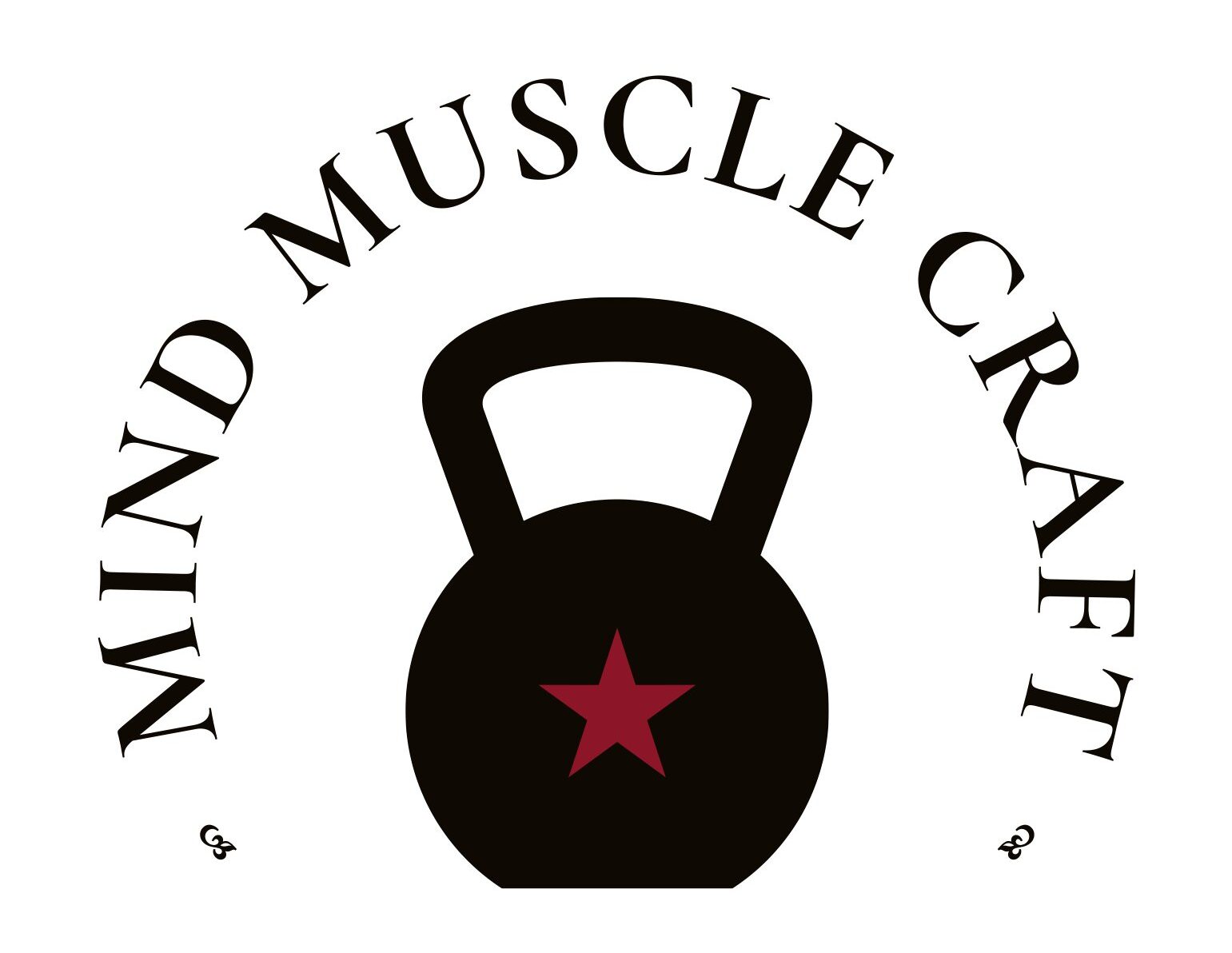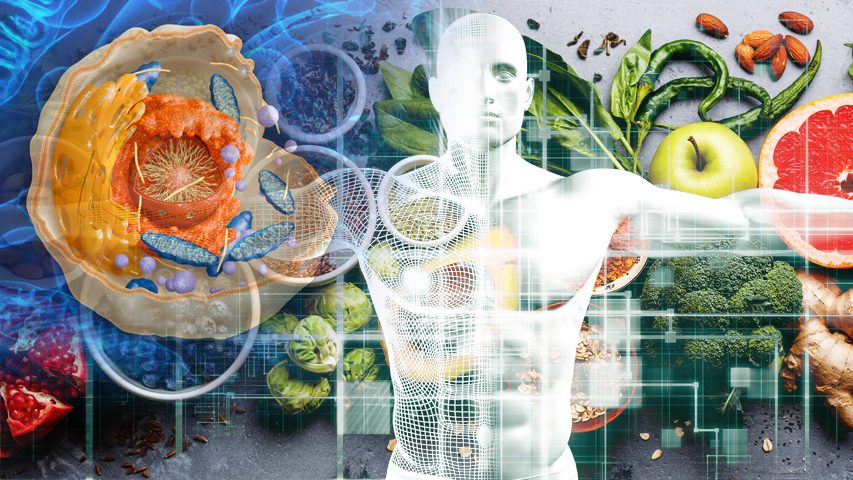When it comes to health and performance, most people focus on calories or macros.
But inside your body, eight microscopic systems determine whether you thrive or decline.
Dr. Robert Lustig, in his book Metabolical, calls them the Eight Subcellular Pathologies — the real roots of chronic disease.
Understanding these pathways changes how we approach both training and nutrition.
Because no matter how hard you work out, you can’t out-train a bad diet.
What Are the 8 Subcellular Pathologies?
These are the internal processes that decide how efficiently your body turns food into energy — or damage.
1. Glycation — The Sweet Poison
When excess sugar binds to proteins, it creates Advanced Glycation End Products (AGEs) that cause inflammation and tissue stiffness.
→ Learn more from the National Library of Medicine.
-
Driven by: refined carbs and sugary drinks
-
Solution: reduce added sugars, choose fiber-rich carbs
-
Exercise effect: minimal — this is controlled by diet
2. Oxidative Stress — The Rust Within
An overload of reactive oxygen species (ROS) damages DNA and accelerates aging.
Regular exercise builds your antioxidant defense — if you recover well.
→ Harvard Health explains how oxidative stress affects longevity.
-
Driven by: processed fats, poor sleep, and stress
-
Exercise effect: moderate — training boosts antioxidant enzymes
-
Best fix: colorful, whole-food diet + consistent training
3. Mitochondrial Dysfunction — The Energy Crisis
Your mitochondria are the “power plants” of your cells. Damaged mitochondria = fatigue, poor recovery, and fat gain.
→ Read more about mitochondrial health at NIH.
-
Driven by: sugar overload, toxins, inactivity
-
Exercise effect: strong — HIIT and strength training rebuild mitochondria
-
Food fix: real carbs, omega-3s, and antioxidants
4. Insulin Resistance — The Metabolic Roadblock
When cells stop responding to insulin, blood sugar rises and energy crashes.
→ Learn how insulin resistance develops at the National Institute of Diabetes and Digestive and Kidney Diseases.
-
Driven by: frequent eating, sugary snacks, refined carbs
-
Exercise effect: high — resistance training restores insulin sensitivity
-
Best combo: lift weights and eat balanced, real meals
5. Membrane Damage — When Cells Stop Communicating
Every cell is surrounded by a fatty membrane. Poor-quality fats make it rigid and disrupt communication.
→ Harvard T.H. Chan School of Public Health explains which fats support healthy membranes.
-
Driven by: trans fats, seed oils, low omega-3 intake
-
Exercise effect: limited
-
Food fix: fish, olive oil, avocado, nuts
6. Chronic Inflammation — The Silent Fire
Low-grade inflammation drives almost all chronic disease — from arthritis to depression.
→ Cleveland Clinic provides a clear overview.
-
Driven by: processed food, gut imbalance, poor recovery
-
Exercise effect: moderate — training helps regulate inflammation
-
Food fix: fiber, polyphenols, and anti-inflammatory fats
7. Epigenetic Chaos — When Your Genes Misfire
Food and lifestyle choices switch genes on and off. Nutrient deficiencies and toxins can activate disease pathways.
→ Learn more about epigenetics and nutrition from NIH Research Matters.
-
Driven by: stress, alcohol, poor diet
-
Exercise effect: low
-
Food fix: nutrient-dense real food and B vitamins
8. Autophagy Failure — When the Cleanup Stops
Autophagy removes damaged cells and proteins — your body’s recycling system.
→ Johns Hopkins Medicine describes how it supports longevity.
-
Driven by: constant eating, sleep loss, processed foods
-
Exercise effect: high — fasting, cardio, and lifting trigger it
-
Food fix: allow fasting windows and recovery days
Which Pathways Can You Train — and Which You Must Feed
Only five of the eight respond strongly to exercise:
-
✅ Oxidative Stress
-
✅ Mitochondrial Dysfunction
-
✅ Insulin Resistance
-
✅ Inflammation
-
✅ Autophagy
The others — Glycation, Membrane Integrity, and Epigenetic Control — depend entirely on nutrition.
That’s why “you can’t out-train a bad diet” isn’t a slogan — it’s science.
The Cellular Checkpoints
Inside every cell, three key enzymes regulate your metabolic fate:
-
PI3-Kinase (PI3K): glucose uptake and growth
-
AMP-Kinase (AMPK): energy regulation and fat burning
-
mTOR: muscle building vs. cellular cleanup
→ Nature Reviews Molecular Cell Biology explains how these pathways interact.
Processed food disrupts them. Exercise can help rebalance them — but real food maintains them.
The Two Rules for Health
Dr. Lustig simplifies nutrition into six words:
-
Protect the Liver.
-
Feed the Gut.
Avoid sugar, alcohol, and trans fats.
Support gut bacteria with fiber, plants, and fermented foods.
This isn’t a diet — it’s how you keep your metabolism alive.
→ For deeper reading, see Lustig’s website or his research at UCSF Health.
How Exercise Repairs Your Body — The Proven Science
Proven Health Benefits of Exercise: How Your Body Repairs Itself Naturally
Fat Loss Through Hormonal Balance: Unlock Your Body’s Hidden Fat-Burning Potential

